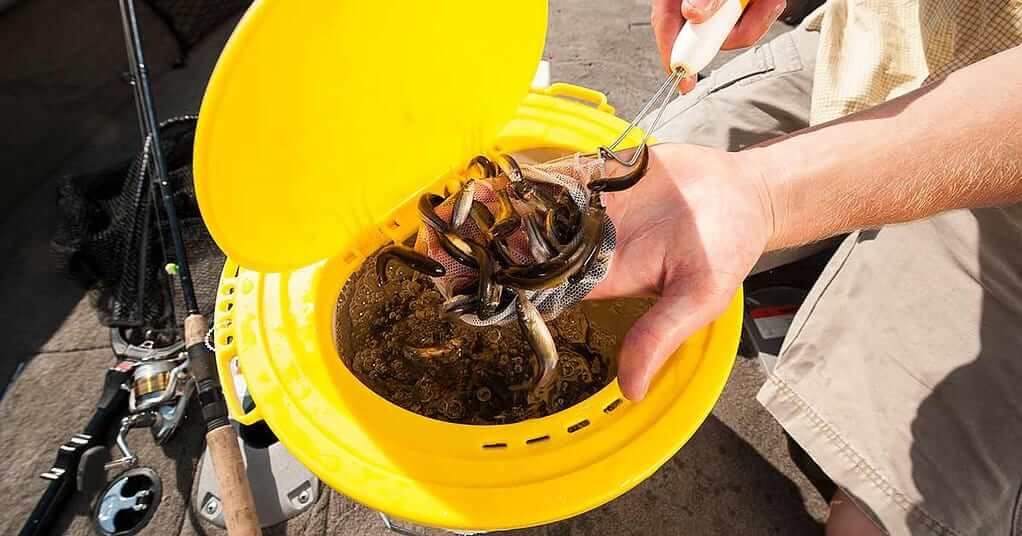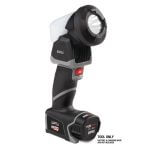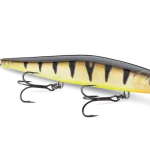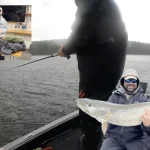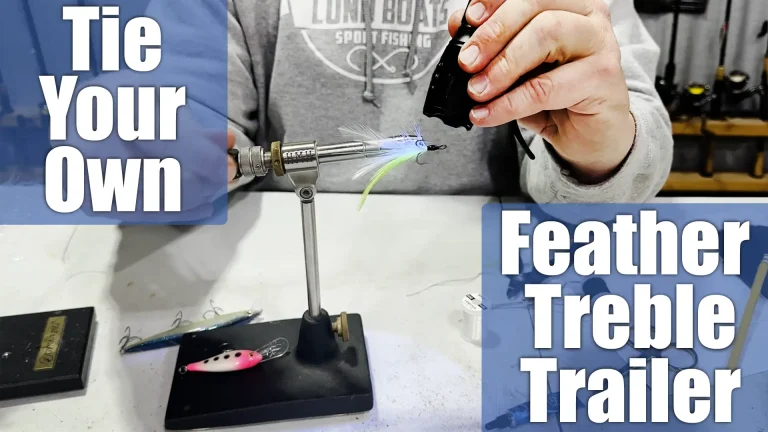Crappie Live Bait Options
Some type of tiny creature should always be considered as a crappie live bait option. Crappies have gained much of their popularity as fine-eating fish that can be caught year-round. Moreover, they’re generally eager to bite. We have a vast array of artificial options of countless colors for ice-fishing and open water. But there are times when crappies are aggravatingly picky, turning down our best presentations. That’s when live bait turns the tide. Even the ice-fishing pros on the North America Ice Fishing Circuit rely on live bait when the bite turns tough in the face of fishing pressure and nasty weather fronts.
Natural baits are hard to beat for any gamefish species when offered in an enticing fashion. Here’s a list of the top crappie killers.
Crappie Minnows
These little baitfish are well-named since black and white crappies from coast to coast can’t resist them. In most locations, bait shops sell fathead minnows as ”crappie minnows.” Rosey Reds, a color morph of that species are big sellers where available. The fathead is a wide-ranging species, from the Northwest Territories to Alabama, and they’ve been stocked in other waters as well. Aquaculture operations produce them for sale and bait collectors in Minnesota and other northern states collet fatheads from creeks with traps and seines.
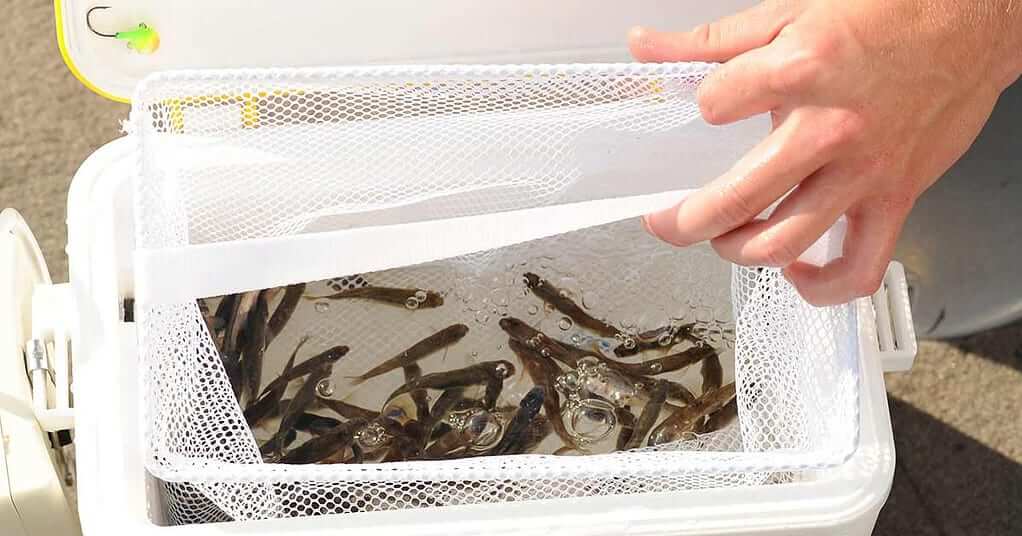
They’re a delicate-looking baitfish, with no defenses, but they last quite well when hooked carefully. Slip a fine-wire hook behind the upper and lower lips when fishing them on a jig, so you can retrieve the rig and the minnow trails behind. When float fishing, this hooking method works, but the minnow generally is more active if you tail-hook it, running the point just under the skin in front of the tail. The baitfish keeps trying to swim away, a very vulnerable look to any predator. On a tiny jigging spoon, often just ahead with some trailing guts on the hook is ideal.
Waxworms
“Waxies” can save the day when ice fishing or in spring when the bite is slow. When inactive, crappies in clear water often nose up to a bait, reluctant to bite. A whiff of natural fluids from a juicy waxworm can turn sniffers into biters. These larvae of the wax moth are apparently tasty, as fish of almost all sorts eat them eagerly. They wiggle slightly when hooked but even dead husks add attraction on a plain hook or jig. They don’t need refrigeration, but cooler temperatures keep them from morphing into moths. They’re often packed in sawdust and adding a bit of oatmeal keeps them fat and juicy when stored for more than a week or two.
Freshwater Shrimp
In the southern regions of crappie distribution, freshwater shrimp, sometimes called grass shrimp, are a widespread natural food and an excellent bait choice. Defenseless and high in calories, various species are eagerly consumed by gamefish of all sizes. These 2 to 3-inch crustaceans are tasty morsels, but delicate baits. Keeping them alive on the hook enhances your catch, especially with crappies. Run a thin-wire #8 or #6 hook along the top of the shrimp’s tail. This keeps it away from vital organs and the shrimp swims in its erratic style when free-lined or set under a small float.
You can buy them in some locations, but a long-handled, small-mesh net can catch a good bunch when scooped through vegetation. After each scoop, place them in a container of cool clean water and they’re ready to fish. They breathe with gills, so you’ll have to change the water after a couple of hours.
Golden Shiners
Small golden shiners, often sold as “Arkansas shiners” are prime bait for outsize crappies. They’re the most popular baitfish in the U.S., accounting for almost 4 million pounds sold for a retail price of $16.4 million. Huge fish farms in Arkansas and other states grow them, but some states, including Minnesota, don’t allow the importation of baitfish from outside the state, so aquaculturists are expanding their operations there. Jumbo shiners from 7 to 12 inches are prized bait for trophy bass in Florida, while 2- to 3-inch juveniles are widely available and ideal size when you’re trying to weed through schools of crappies that contain a lot of dinks. Hook them through the lips or in the back.
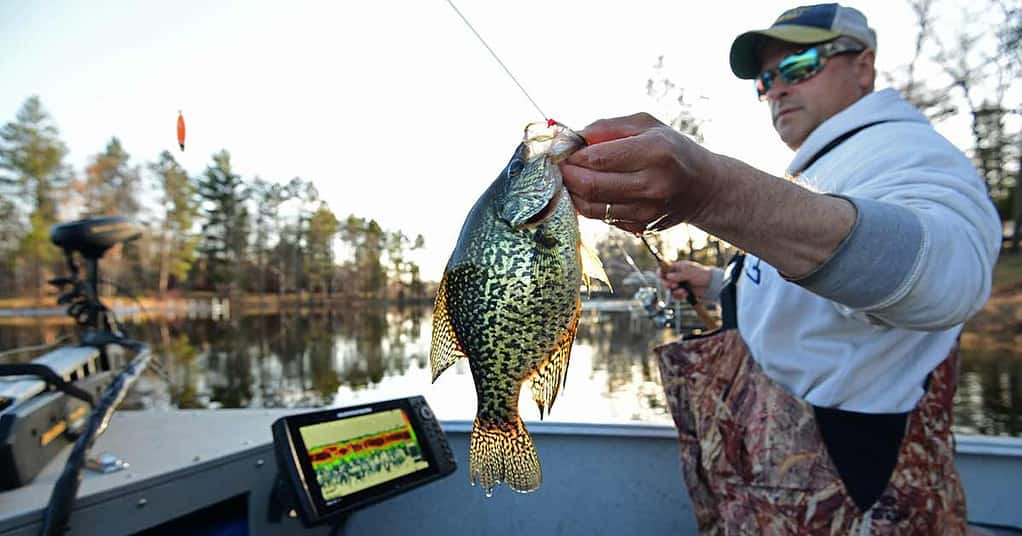
Maggots
These tasty morsels, actually the larvae of blue-bottle and green-bottle flies, are raised and sold across the U.S. as ice-fishing bait, and are sometimes called “spikes” for their sharp-tailed appearance. Adventurous anglers can raise their own in containers with old meat or fish, a stinky but productive process as the flies immediately come to lay eggs in the rotting flesh. They soon hatch into maggots that consume the carcasses as they grow. You can grow thousands quickly if you can stand the stench.
The 1/2- to 3/4-inch maggots make great bait for finicky fish, particularly sunfish and crappies, though rock bass, catfish, and largemouths take them as well. They’re delicate, so hook them gently through the flat front part of the worm, where you see a pair of tiny eyespots. Lately, savvy anglers have started wacky-rigging them, running a thin hook through the skin of one of the larvae’s wormlike segments. Just nicking the hook through keeps it wriggling actively and also slows the drop speed on a hook or tiny jig. Store them in a fridge in the mid-40•F range to keep them alive and prevent hatching into flies.
Mousies
This bait is another form of a larval insect, often called “rat-tail maggots” when sold in bait shops. They’re favored for ice fishing in eastern states from New England to Michigan and commonly available there, less often in Mid-Central states. Mousies are larvae of the drone fly and run slightly larger than standard maggots or spikes. They crawl actively in the hand, trailing their tail behind, looking like tiny blind mice. The tail is hollow and used as a breathing tube when the larvae eat a carcass from the inside out. Skin-hook them in the head section for best action and store them at around 40•F.
How do crappies behave during the autumn season and where can they be located during that time?
During the autumn season, crappies exhibit a behavior of moving into shallower depths. They can be found near various habitats such as weed lines, rocky points, brush piles, flooded stream channels, and other similar areas. As the water temperature drops, crappies become more actively engaged in feeding, displaying more aggressive behavior.
What are some recommended techniques for catching crappies in the summer?
During the summer, catching crappies can be effectively achieved through various techniques. One popular method is drift-fishing, which involves navigating the waters to locate schools of crappie. Once these fish are found, they can be caught by anchoring and still-fishing or by continuing to drift-fish. Additionally, crappies tend to gravitate towards underwater structures in the summer, such as flooded timber, which offers shade, cover, and a source of food for them. Areas with artificial fish attractors, like stake beds, brush piles, or rock reefs, can also be productive spots to catch crappies, as these structures often attract the fish. By utilizing these techniques and targeting the right locations, anglers can enhance their chances of landing crappies during the summer months.
How can one locate crappies in natural lakes, man-made lakes, and reservoirs during different seasons?
To locate crappies in natural lakes, man-made lakes, and reservoirs throughout the year, it is essential to understand their behavior in different seasons. During the spring spawning season, crappies are most vulnerable and can be found in shallower waters where they gather to reproduce. At this time, look for areas with submerged vegetation or structures where crappies can spawn. In the summer, crappies tend to move to deeper waters to escape the heat and to find cooler temperatures. Look for submerged structures, such as fallen trees or rock piles, where crappies might seek shelter and food. It is also helpful to use fish finders to locate schools of crappies in deeper waters. During the fall, as temperatures start to drop, crappies become more active again and can be found in shallow waters, especially around structures that provide cover and food. As winter approaches, crappies once again move to deeper waters to find warmer temperatures and remain less active. In man-made lakes, crappies can be abundant throughout the year, making them more vulnerable to fishing pressure. Focus on areas with submerged structures and drop-offs, as these provide favorable conditions for crappies to feed and thrive. In summary, to locate crappies in natural lakes, man-made lakes, and reservoirs during different seasons, pay attention to their behavior and preferred habitats. Utilize techniques such as fishing near structures, using sonar equipment, and adjusting your fishing strategy based on the season to increase your chances of a successful catch.
When do crappies spawn and what are their behaviors during the spawning period?
Crappies typically spawn when the water temperature ranges between 56 to 64 degrees Fahrenheit, which usually occurs in May. During this period, crappies exhibit specific behaviors related to their spawning activities. As the water warms up in early spring, crappies begin their migration towards shallow water areas where the temperature rises rapidly. Once the conditions are right, usually marked by a specific water temperature and length of daylight, male crappies move into the shallows near designated spawning sites. Here, they construct bowl-shaped nests typically over gravel, sand, or muck substrates. Notably, the presence of emerging vegetation like bulrush or cattail in the water indicates potential spawning sites, as crappies often prefer locations near the base of aquatic plants for spawning. It is common during this period to find male crappies becoming highly territorial and protective of their nests. This heightened aggression among males leads them to strike at lures aggressively, as they aim to defend their spawning area. While both male and female crappies can be caught during this time, there is often a prevalence of male catches due to their aggressive behavior and focus on nest protection during the spawning period.
Where can crappies be found in different types of waters?
Crappies can be found in a variety of waters, including natural and man-made lakes, oxbow lakes, reservoirs, and small ponds. Specifically, they are known to inhabit standing water bodies. In addition to lakes, crappies can also be found in moderate to large interior streams as well as in the backwaters and oxbows of rivers like the Mississippi and Missouri.
How can anglers fish for crappies from shore or boat?
Anglers have several options when it comes to fishing for crappies from either the shore or a boat. When fishing from shore, they can choose to wade in shallow waters, fish from the shore itself, a dock, or a jetty. Wading can be particularly effective in the spring pre-spawn season when crappies tend to stay in shallow waters. Minimal equipment is needed for shore fishing, with chest waders or hip boots being sufficient. Anglers typically use small lead-head lures or minnows suspended from a bobber to attract crappies while fishing parallel to the shore. In the summer, crappies often seek shade under docks or other floating structures. Fishing under or around docks can be successful, as these areas usually provide abundant food sources and cooler water temperatures that attract crappies. State and county-owned lakes with fishing jetties often have stake beds within casting distance. Crappies might be found near these structures, with anglers advised to attach bait to a bobber at a suitable height to reduce tackle loss and increase the chances of enticing strikes. For those fishing from a boat, drifting, trolling, and still-fishing are common methods used to catch crappies. Drift-fishing, especially in man-made lakes during summer, allows anglers to cover large areas and fish at different depths by adjusting the amount of line released and the weight used. When drift-fishing, using a sea anchor in overly windy conditions can help control the speed of the drift. An electric trolling motor can be useful when the wind is insufficient to move the boat, as crappies tend to prefer bait that is in motion. Still-fishing becomes effective once a large school of crappies is located. Anglers can rig their lines to fish vertically off the side of the boat or cast small jigs near structure edges and retrieve them slowly in case the fish are not biting. Anchoring the boat near habitat structures, such as stands of flooded timber, is another strategy that can yield results. Anglers should not overlook the opportunity to vertically jig a lead-head directly underneath the boat or use long fishing rods to reach further from the side. Using a float to suspend a lure or bait just above the structure is another technique that can be successful.
What types of fishing equipment are effective for catching crappies?
Effective types of fishing equipment for catching crappies range from simple cane poles to specialized graphite ultra-light spinning outfits. Modern advancements in man-made materials for rods have made it easier to detect subtle strikes when fishing for crappies. For best results, consider using ultra-light spinning or casting rods paired with light-weight reels. Opt for lightweight monofilament fishing line, ideally in the range of 2-4 pound-test, not exceeding 6 pound-test, to optimize your chances of successfully catching crappies.

